Why Teaching Methods Matter for Student Success
The teaching methods you choose directly impact how students engage with content, retain information, and develop critical thinking skills. Research consistently shows that teachers who employ diverse, student-centered approaches see higher levels of academic achievement and engagement. Developing versatile teacher skills allows you to adapt to different learning styles and create an inclusive environment where all students can thrive.
According to a comprehensive study by the National Academy of Sciences, students learn best when teachers implement methods that activate prior knowledge, promote active engagement, and provide opportunities for meaningful feedback. Let’s explore ten teaching methods that incorporate these principles and drive student success.
Differentiated Instruction: Personalizing Paths to Student Success
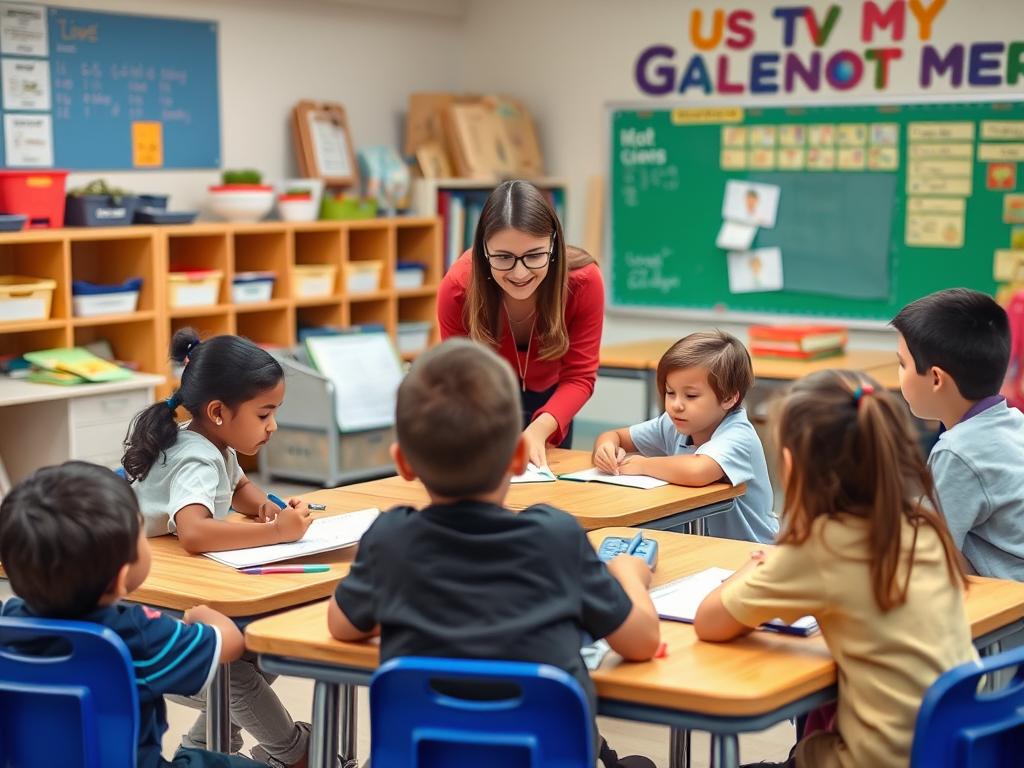
Differentiated instruction recognizes that students learn in different ways and at different paces. This approach tailors teaching methods to meet individual student needs rather than expecting students to adapt to a one-size-fits-all curriculum.
Key Components of Differentiated Instruction
- Content differentiation (what students learn)
- Process differentiation (how students learn)
- Product differentiation (how students demonstrate learning)
- Learning environment differentiation (where and with whom students learn)
Implementing differentiation requires strong teacher skills in assessment, flexibility, and resource management. By offering multiple paths to learning, you create opportunities for all students to succeed based on their unique strengths and needs.
Master Differentiated Instruction
Enhance your teacher skills with our comprehensive course on effective differentiation strategies for diverse classrooms.
Inquiry-Based Learning: Driving Student Success Through Discovery
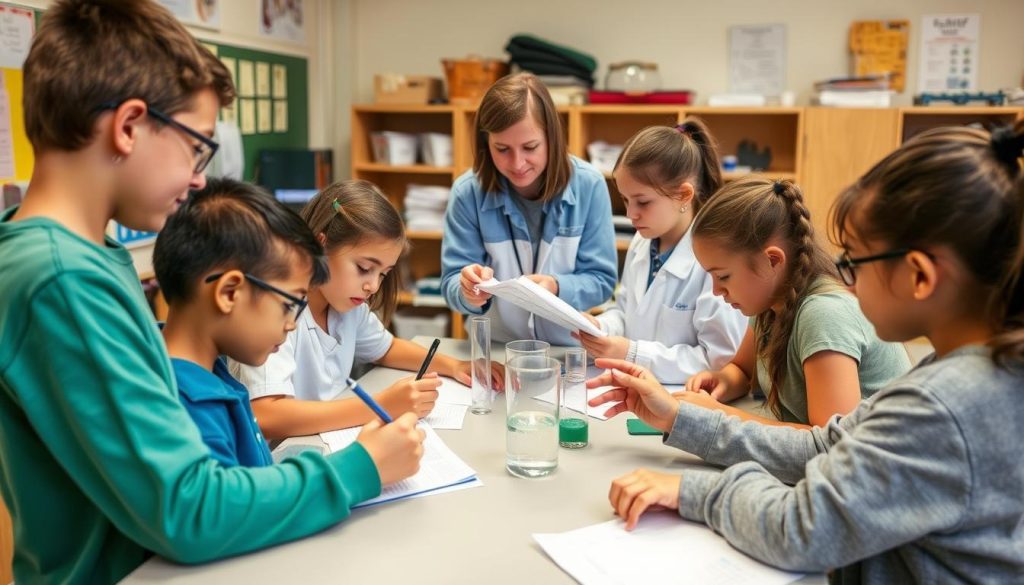
Inquiry-based learning puts students in the driver’s seat of their education by encouraging them to ask questions, investigate topics, and discover answers through exploration. This method develops critical thinking and problem-solving teacher skills while fostering a deeper understanding of concepts.
Implementing Inquiry-Based Learning
Teacher’s Role
- Design engaging questions and scenarios
- Provide necessary resources and guidance
- Facilitate rather than direct learning
- Ask probing questions to deepen thinking
Student’s Role
- Formulate questions and hypotheses
- Conduct investigations and research
- Analyze findings and draw conclusions
- Communicate and reflect on learning
Research from the Journal of Science Education shows that inquiry-based approaches lead to significant improvements in conceptual understanding and scientific reasoning skills. Developing these teacher skills allows you to create more engaging, student-centered learning experiences.
Cooperative Learning: Collaborative Approaches to Student Success

Cooperative learning structures classroom activities into academic and social learning experiences. Students work in groups to complete tasks collectively, developing both academic knowledge and essential social skills that contribute to overall student success.
Effective Cooperative Learning Structures
- Think-Pair-Share: Students think individually, discuss with a partner, then share with the class
- Jigsaw: Students become experts on one part of an assignment then teach their peers
- Round Robin: Students take turns responding to a prompt in small groups
- Numbered Heads Together: Groups work together to ensure all members understand the material
Implementing cooperative learning requires specific teacher skills including group formation, task design, and conflict resolution. When structured effectively, these approaches build communication skills, increase engagement, and improve academic outcomes.
“Cooperative learning is not simply a teaching method but a way of conceptualizing the classroom and the teacher’s role within it. It requires a shift from a teacher-centered to a student-centered approach.”
– Dr. Spencer Kagan, Cooperative Learning Expert
Enhance Your Classroom Management
Learn effective discipline strategies that support cooperative learning environments.
Formative Assessment: Continuous Feedback for Student Success

Formative assessment involves ongoing evaluation of student learning to provide continuous feedback and adjust teaching methods accordingly. Unlike summative assessments that evaluate learning at the end of a unit, formative assessments happen throughout the learning process to identify gaps and guide instruction.
Effective Formative Assessment Strategies
Quick Checks
- Exit tickets
- Thumbs up/down
- One-minute papers
- Digital polling
Deeper Assessment
- Student self-assessments
- Peer feedback sessions
- Learning journals
- Project checkpoints
Developing strong teacher skills in formative assessment allows you to make data-driven decisions about instruction. This approach helps students take ownership of their learning while providing you with valuable insights to guide your teaching.
Pro Tip: Use digital tools like Kahoot, Quizizz, or Google Forms to collect formative assessment data efficiently. These platforms provide immediate feedback and help track student progress over time.
Project-Based Learning: Authentic Experiences for Student Success

Project-based learning (PBL) engages students in solving real-world problems or answering complex questions through extended project work. This approach develops critical thinking, collaboration, and communication skills while creating meaningful connections to curriculum content.
Elements of Effective Project-Based Learning
- Challenging problem or question that drives learning
- Sustained inquiry over an extended period
- Authenticity and real-world connections
- Student voice and choice in project direction
- Reflection on learning process and outcomes
- Critique, revision, and public presentation of work
Implementing PBL requires specific teacher skills including project design, facilitation, and assessment of complex work. Research from the Buck Institute for Education shows that high-quality PBL leads to better content knowledge, problem-solving abilities, and student engagement.
Transform Your Classroom with PBL
Access ready-to-use project plans and assessment tools to implement effective project-based learning.
Explicit Instruction: Structured Approaches to Student Success
Explicit instruction involves clear, direct teaching of concepts and skills using structured, sequential lessons. This method is particularly effective for teaching foundational skills, complex procedures, and students who benefit from clear structure and guidance.
Components of Effective Explicit Instruction
- Clear learning objectives – Students understand what they’re learning and why
- Teacher modeling – Demonstration of skills with think-alouds
- Guided practice – Supported application with immediate feedback
- Independent practice – Application of skills with gradually reduced support
- Assessment and review – Checking for understanding and reinforcing concepts
Developing teacher skills in explicit instruction allows you to break down complex concepts into manageable steps, making learning accessible to all students. This approach provides a strong foundation for more independent learning approaches.
“Explicit instruction is systematic, direct, engaging, and success oriented—and has been shown to promote achievement for all students.”
– Anita Archer, Educational Consultant
Technology Integration: Digital Tools for Student Success

Effective technology integration enhances learning experiences by providing new ways to engage with content, collaborate with peers, and demonstrate understanding. When used purposefully, technology can personalize learning, provide immediate feedback, and develop digital literacy skills essential for future success.
Effective Technology Integration Strategies
- Blended learning – Combining online and face-to-face instruction
- Digital creation tools – Enabling students to produce multimedia content
- Formative assessment platforms – Providing real-time feedback
- Virtual collaboration – Connecting students beyond classroom walls
- Adaptive learning programs – Personalizing instruction based on student needs
Developing teacher skills in technology integration requires ongoing professional learning and experimentation. Focus on choosing tools that enhance learning objectives rather than using technology for its own sake.
Remember: Technology should enhance good teaching, not replace it. Always start with clear learning objectives, then select appropriate digital tools that support those goals.
Culturally Responsive Teaching: Inclusive Approaches to Student Success
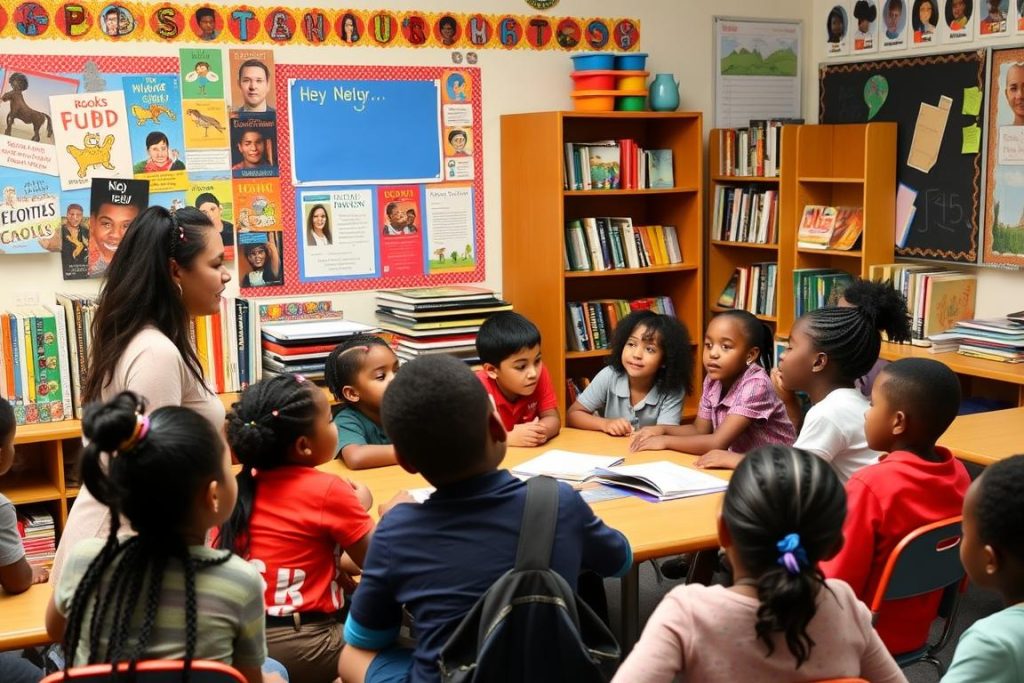
Culturally responsive teaching recognizes the importance of including students’ cultural references in all aspects of learning. This approach validates students’ identities, builds on their background knowledge, and creates more equitable learning environments where all students can succeed.
Elements of Culturally Responsive Teaching
- Acknowledging and validating students’ cultural identities
- Incorporating diverse perspectives and materials
- Connecting curriculum to students’ lived experiences
- Addressing bias and promoting social justice
- Building on students’ cultural knowledge and strengths
Developing teacher skills in cultural responsiveness requires ongoing self-reflection, cultural humility, and commitment to equity. Research shows that culturally responsive practices increase student engagement, motivation, and academic achievement across diverse student populations.
“Culturally responsive teaching is not a set of strategies or practices but rather a mindset that permeates everything a teacher does in the classroom.”
– Dr. Gloria Ladson-Billings, Educational Researcher
Metacognitive Strategies: Thinking About Thinking for Student Success
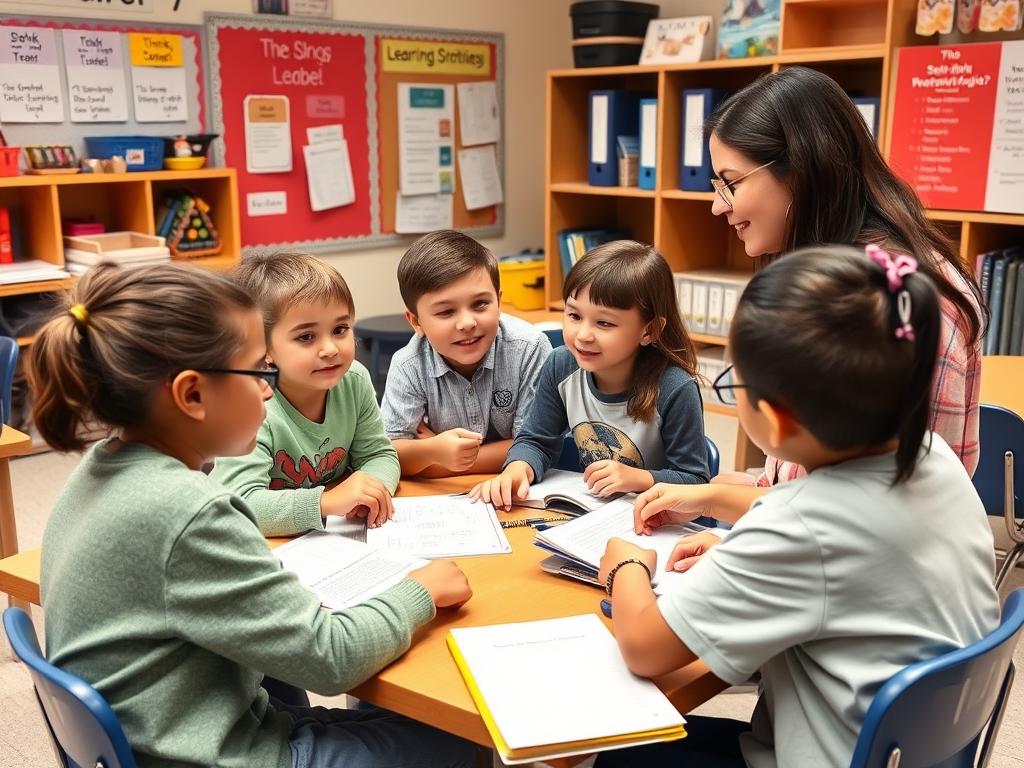
Metacognitive strategies teach students to think about their own thinking processes—planning, monitoring, and evaluating their learning. By developing these skills, students become more independent, self-regulated learners who can transfer knowledge across contexts.
Effective Metacognitive Practices
Before Learning
- Setting clear goals
- Activating prior knowledge
- Predicting challenges
- Planning approach
During and After Learning
- Self-questioning
- Progress monitoring
- Strategy adjustment
- Reflection on outcomes
Developing teacher skills in metacognitive instruction allows you to model thinking processes explicitly and create opportunities for students to practice these skills. Research from cognitive science shows that metacognitive approaches significantly improve learning outcomes across subject areas.
Develop Your Metacognitive Teaching Skills
Access professional development resources focused on metacognitive instruction strategies.
Implementing Effective Teaching Methods for Lasting Student Success
The ten teaching methods outlined in this guide provide a comprehensive toolkit for enhancing student success in your K12 classroom. Remember that effective implementation requires intentional planning, ongoing assessment, and continuous refinement of your teacher skills.
Start by selecting one or two methods that align with your current teaching context and student needs. As you become more comfortable, gradually incorporate additional approaches to create a rich, multi-dimensional learning environment that supports all students.
By developing versatile teacher skills across these evidence-based methods, you’ll be well-equipped to address diverse learning needs, increase student engagement, and foster academic success for all learners in your classroom.
Continue Your Professional Growth
Access comprehensive resources, courses, and support to enhance your teacher skills and drive student success.

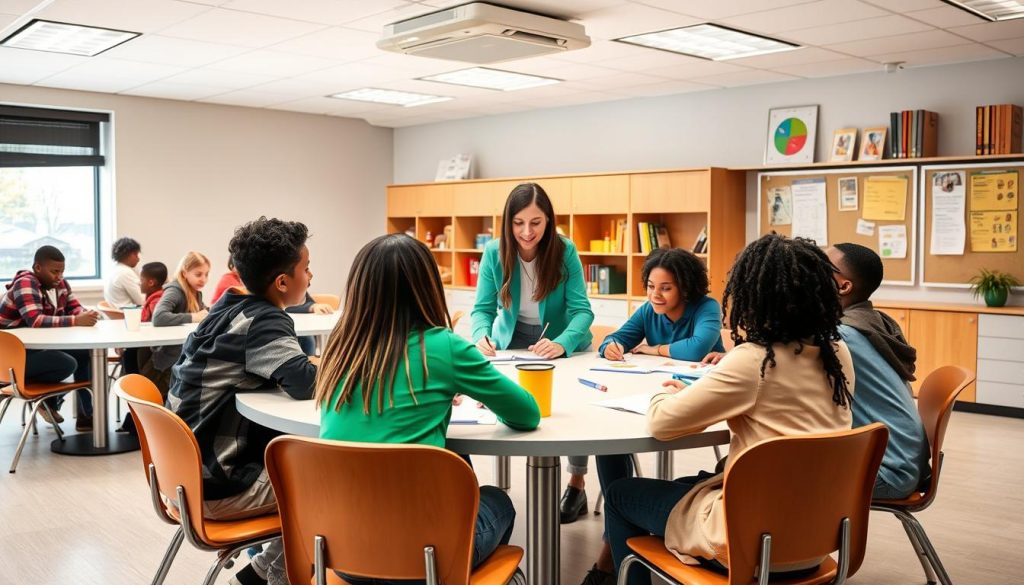



Social-Emotional Learning: Building Foundations for Student Success
Social-emotional learning (SEL) focuses on developing students’ abilities to understand and manage emotions, set and achieve goals, feel and show empathy, establish positive relationships, and make responsible decisions. These skills form the foundation for academic success and lifelong well-being.
Core SEL Competencies
Self-Awareness & Management
Social Awareness & Relationships
Implementing SEL requires specific teacher skills including emotional awareness, relationship building, and creating psychologically safe classroom environments. Research from the Collaborative for Academic, Social, and Emotional Learning (CASEL) shows that effective SEL programming can improve academic performance by 11 percentile points while reducing behavioral problems.
Integrate SEL Into Your Classroom
Discover practical strategies for incorporating social-emotional learning into your daily teaching practice.
Access Our Courses